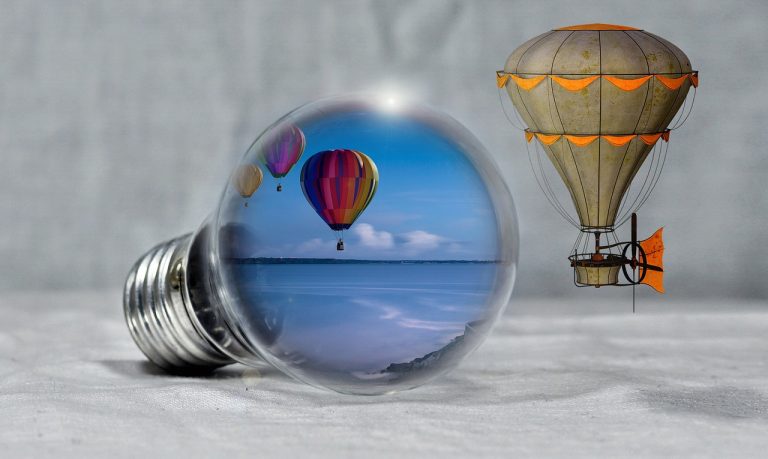
This website uses cookies to improve your experience while you navigate through the website.
View the Cookie Policy
Google Maps is a maps visualization service provided by Google Ireland Limited. This service is used to incorporate content of this kind on its pages.
Personal data that are processed: Tracker; Usage Data.
Place of processing: Ireland – Privacy Policy.
Google Fonts is a service used to display font styles operated by Google Ireland Limited and serves to integrate such content into its pages.
Personal Information processed: Usage Data; Tracker
Place of processing: Ireland – Privacy Policy.
Google Analytics is a web analytics service provided by Google Ireland Limited (“Google”). Google uses the Personal Data collected to track and examine the use of this Application, compile reports on its activities and share them with other services developed by Google.
Google may use your Personal Data to contextualize and personalize ads in its advertising network.
This Google Analytics integration anonymizes your IP address. The anonymization works by shortening the IP address of the Users within the borders of the member states of the European Union or other countries that are members of the Agreement on the European Economic Area. Only in exceptional cases, the IP address will be sent to Google's servers and shortened within the United States.
Personal Data collected: Tracker; Usage Data.
Place of processing: Ireland – Privacy Policy – Opt Out.
The Facebook Like button and social widgets are used to interact with the Facebook social network and are provided by Facebook Ireland Ltd.
Personal data that are processed: Tracker; Usage Data.
Place of processing: Ireland – Privacy Policy.
